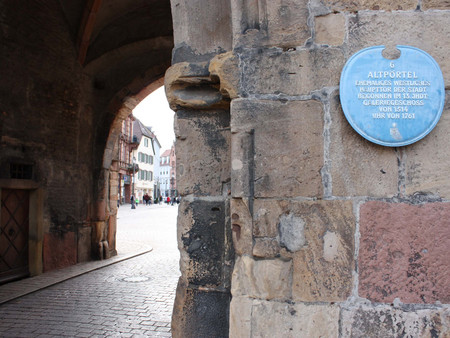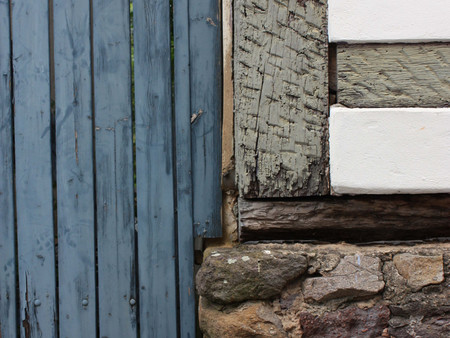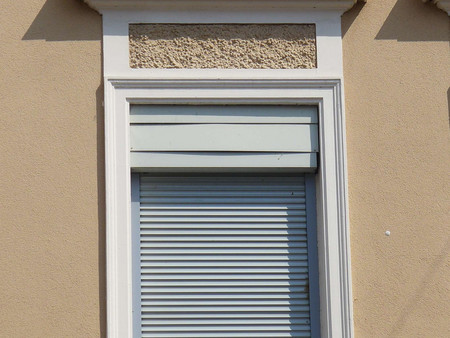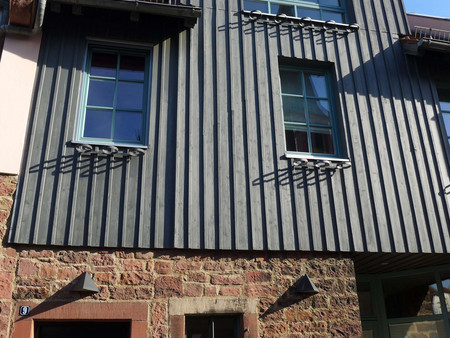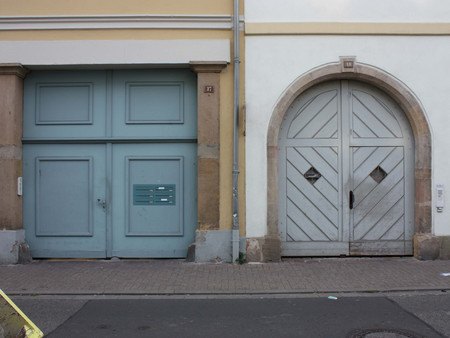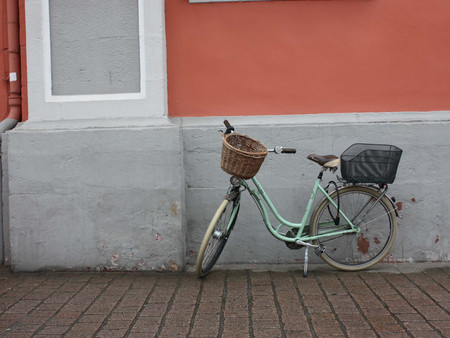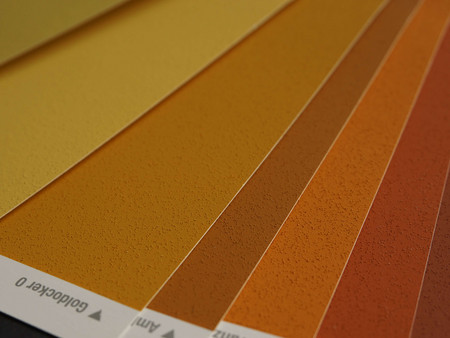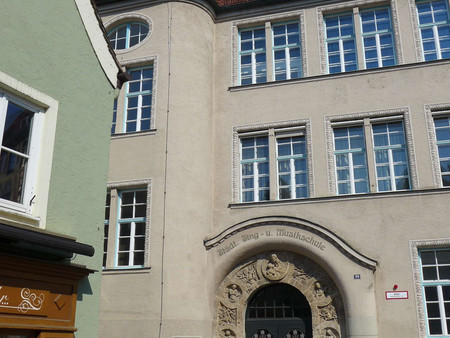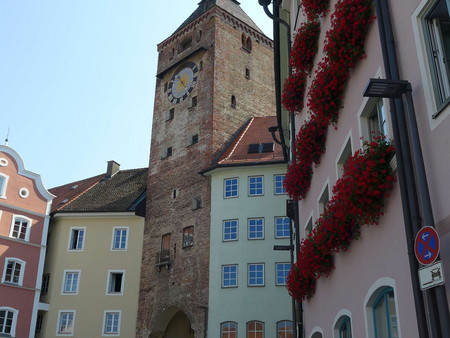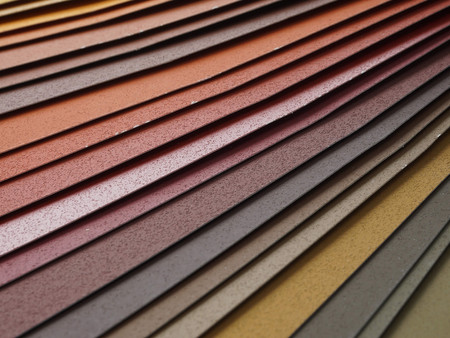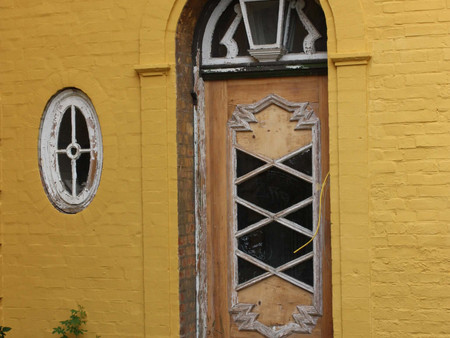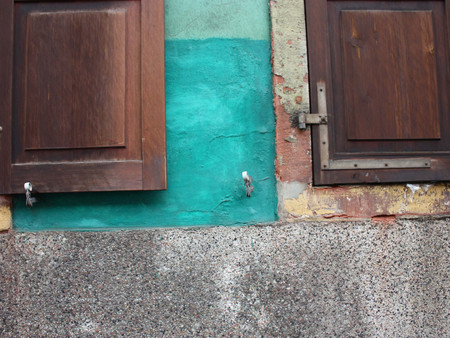Colour Research Vol.2
Iron Oxide and Glauconite or the Colours of the Earth
Interview with monument conservator Dr. Brandes from Histolith
Architectural design using colour must also take historical and regional aspects into account. Our expert in the field of monument preservation can provide information on this.
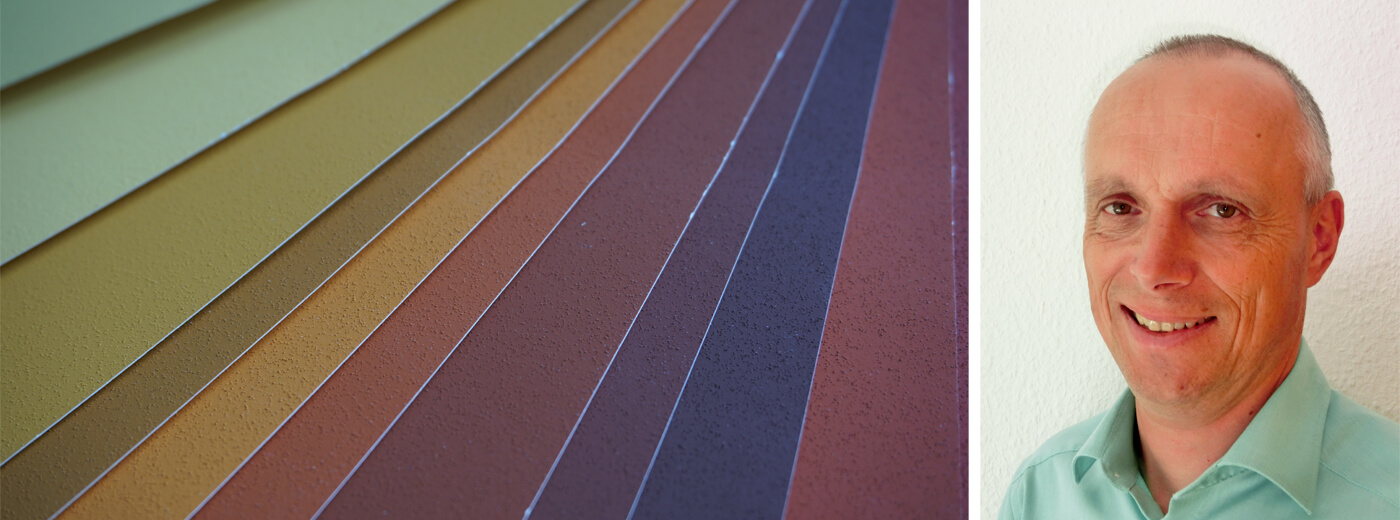
of traditional craftsmanship, ornaments and bold colour
Which earth pigments have always been used for facade design?
Today's variety of colours was not possible because only a few pigments were available. People used what was available in the regions at that time: ochre pigments such as Amberger Yellow or Terra di Siena, ochre-coloured soil formation or umber. Natural ochre pigments were formed in certain regions by weathering in the area near the surface, were easy to obtain and thus relatively inexpensive. This is also the reason for their frequent use in façade design. In addition to ochre, the frequently occurring green earths in the Bavarian and Bohemian regions were mined and used as coating material or for the colouring of plaster mortar.
Do natural stones also play a role in the design?
In principle, natural stones also contain earth pigments. The inherent colour of the natural stone was deliberately used for facade design. Red sandstone is widespread in Germany, such as the Odenwald sandstone and the Main sandstone. Its beautiful play of red colours results from the mineral hematite, an iron oxide. Red Main sandstone was often used in the Frankfurt area for plinths, window surrounds and pilaster strips. According to current knowledge, the Main sandstone was originally not painted over, especially on buildings of the Wilhelminian period, and was therefore a colouring element. The plasters were used in light shades such as off-ochre or antique white, combined with slate as gable cladding and roofing material. There are many more examples. In Bavaria, for example, facades were designed with architectural structures of green or yellow-brown sandstones as well as light-grey shell limestone. The plaster surfaces were usually finished in light colours. Typical for the Eifel region are structures of black basalt lava against light plaster.
What is the great thing about the new revised Histolith fan?
The new feature is that in addition to the historical pigment colours, typical regional colours of natural stones and earths are also integrated. The sandstones, basalt lava and shell limestone, which are particularly common in Germany, are represented. Typical plaster colours based on ingredients such as limestone, clay and marl are also integrated. These are useful orientation aids for the design of old buildings. In addition, we have extended the fan with natural grey shades such as slate grey or vine black. In summary, the Histolith fan is an ideal tool for the authentic colour design of historical buildings. According to our research, these classic colours are also becoming increasingly popular for modern architectural design.
Here you will find hints and information on the topic Histolith





